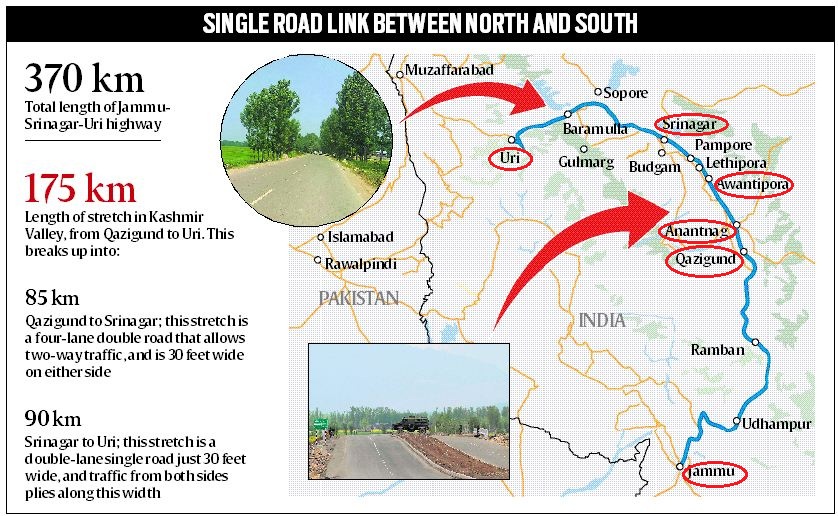7667766266
enquiry@shankarias.in
What is the issue?
What and how are the key stretches in the highway?

What is the traffic scenario along the highway?
What is the challenge in restricting the movement?
What are the other alternatives?
Source: Indian Express